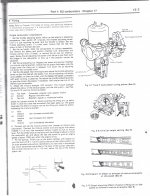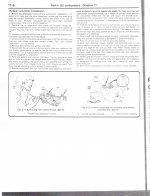danger2nature
Freshman Member
Offline
Hi all, I'm new to the BCF. I bought a 1961 TR3a from my uncle last year who did a complete restoration on the vehicle and enjoyed it for 10 years himself. He has relocated across the country so even though he is only a phone call away, its been difficult to tinker with and fine tune the car without him. After putting the car away for the winter, I had to have the carburetors rebuilt and tuned this spring. It runs great until I come to a stop, and the rpm's are at around 1,000 then it wants to drop out and stall...…even when the car is hot and has been driving for an hour. If I pop the choke it hops back up to 1,000 rpm's and idles fine. My mechanic cant figure it out...and said I should invest in Weber carburetors. I'm mechanically inclined, but still green when it comes to this car so any advice on the problem I'm having or the Weber upgrade would be appreciated! Thanks,
Brian
Brian

 Hi Guest!
Hi Guest!

 smilie in place of the real @
smilie in place of the real @
 Pretty Please - add it to our Events forum(s) and add to the calendar! >>
Pretty Please - add it to our Events forum(s) and add to the calendar! >> 




